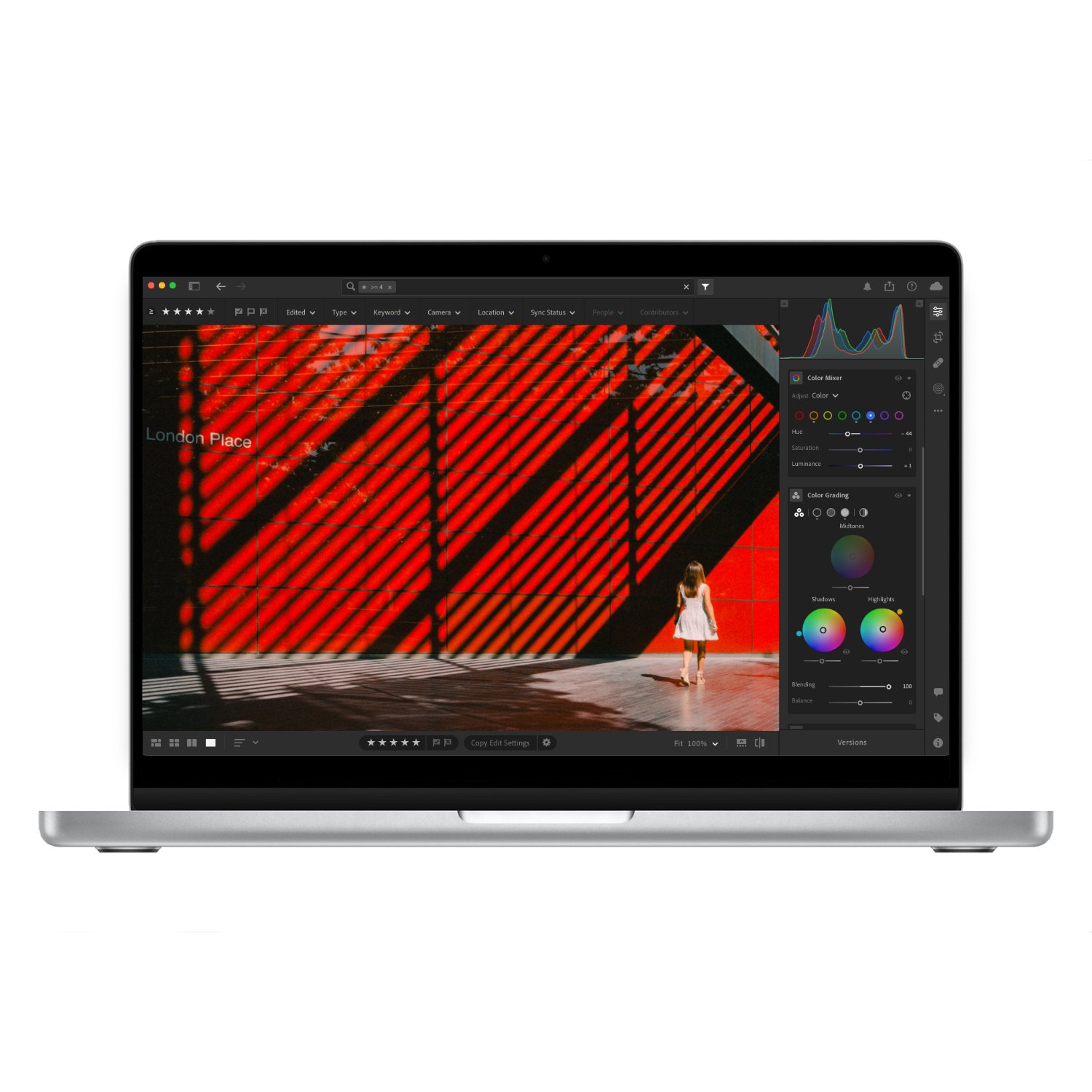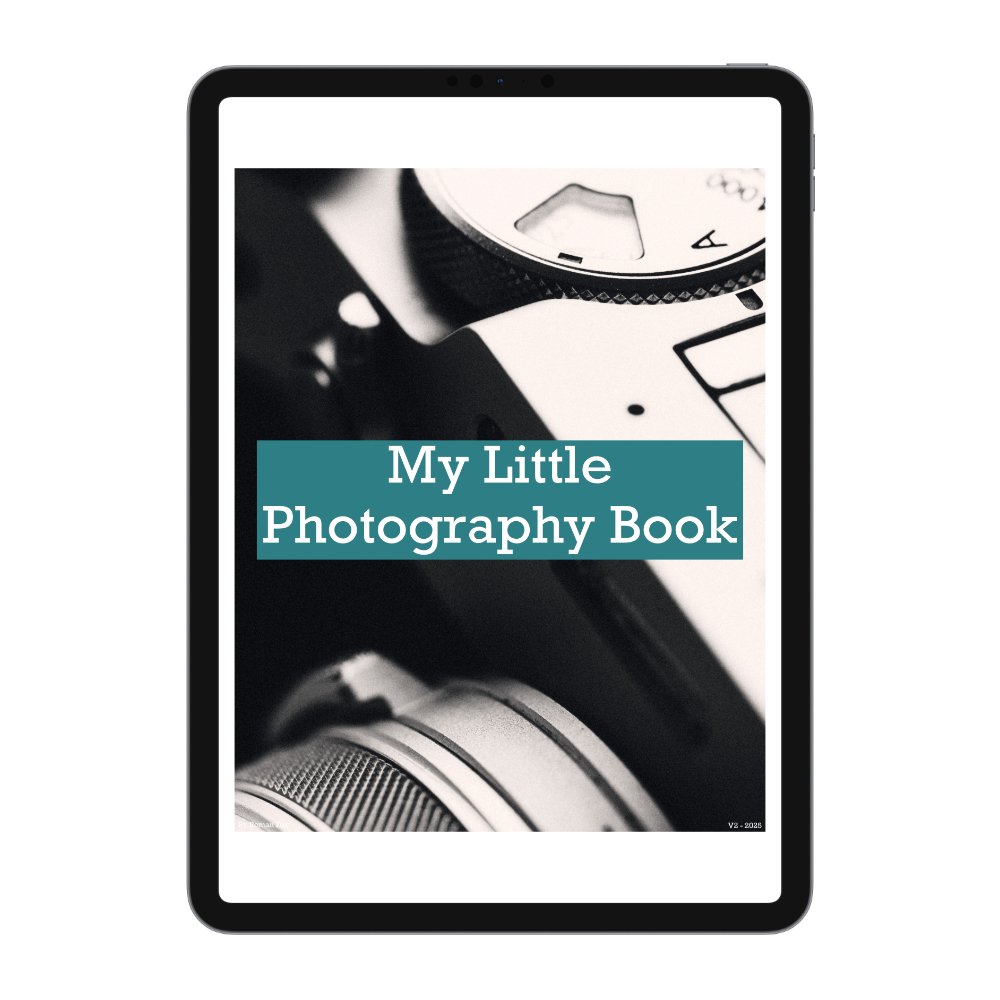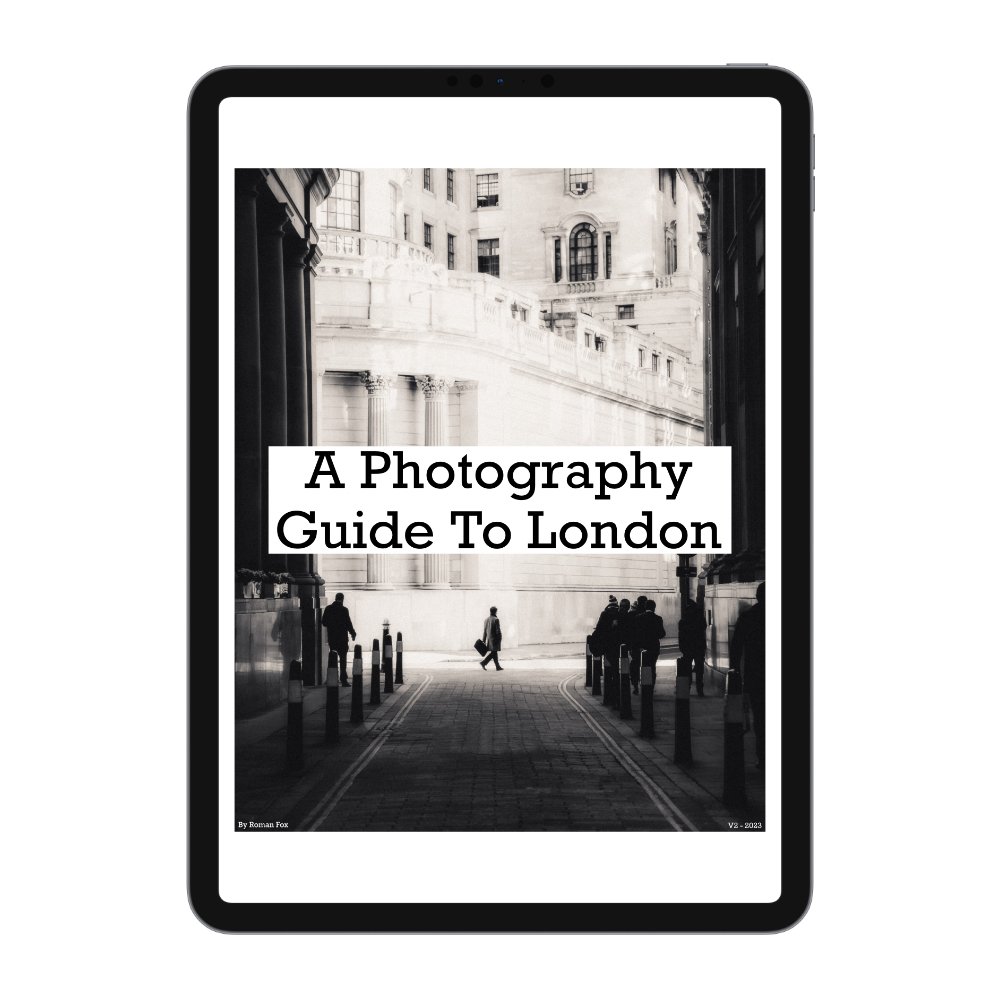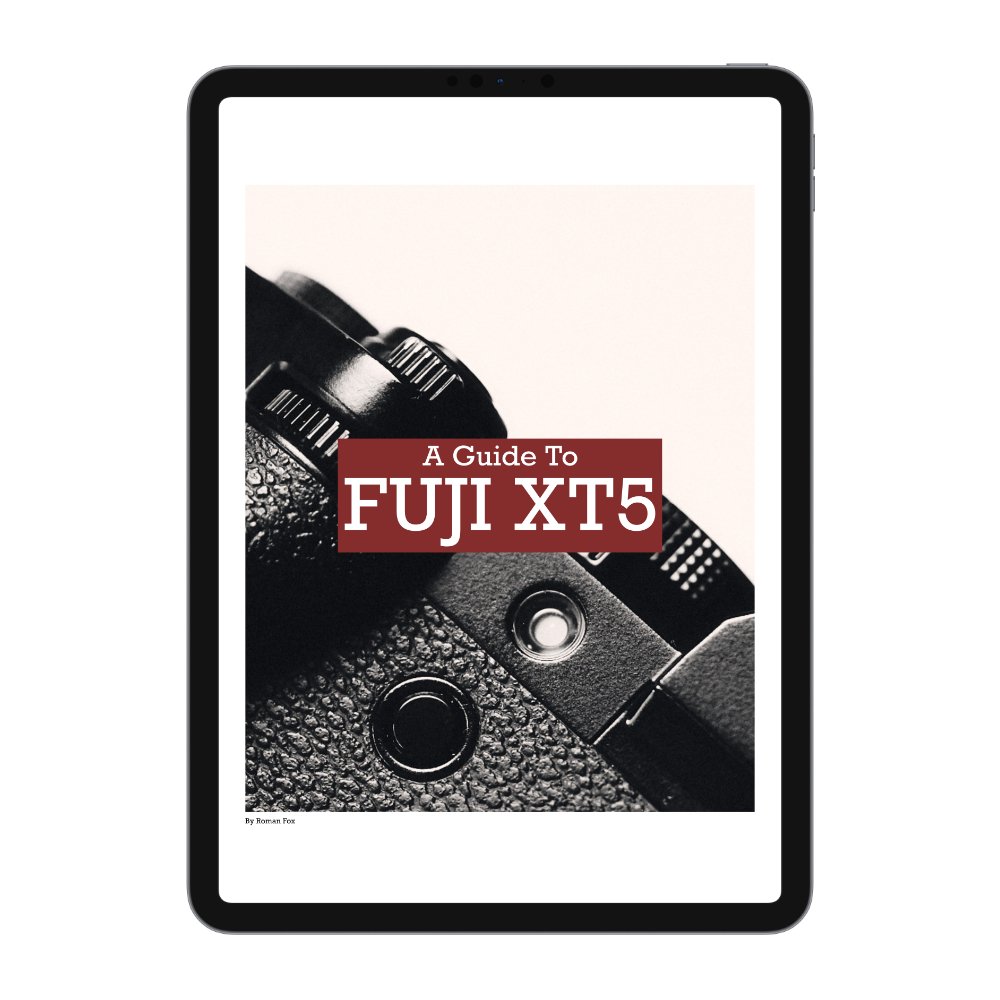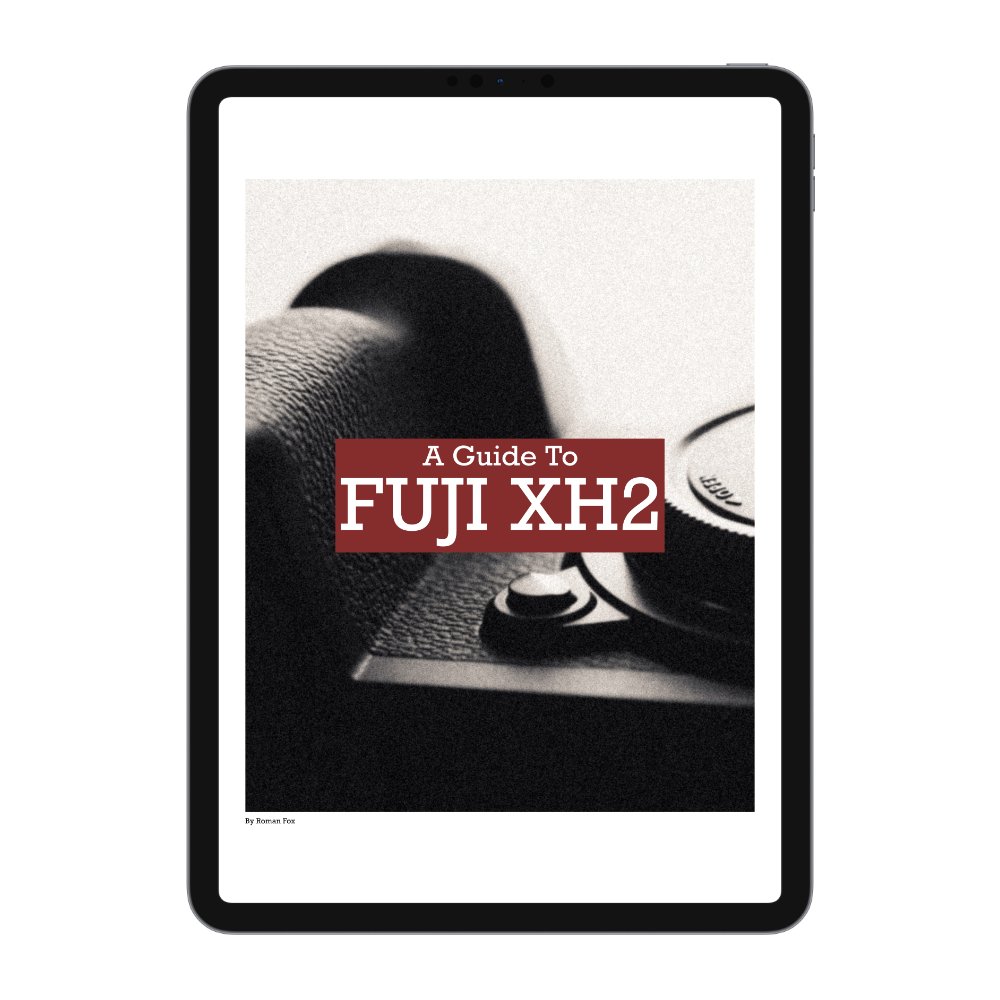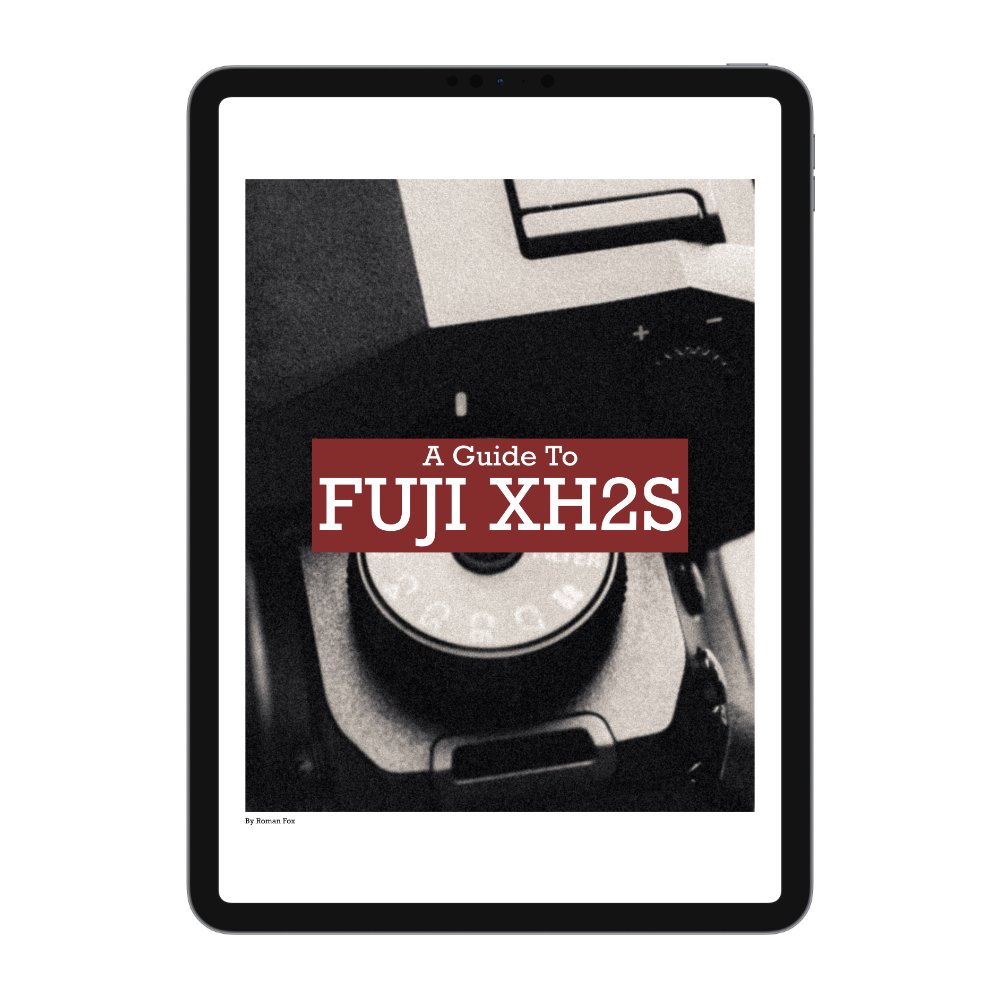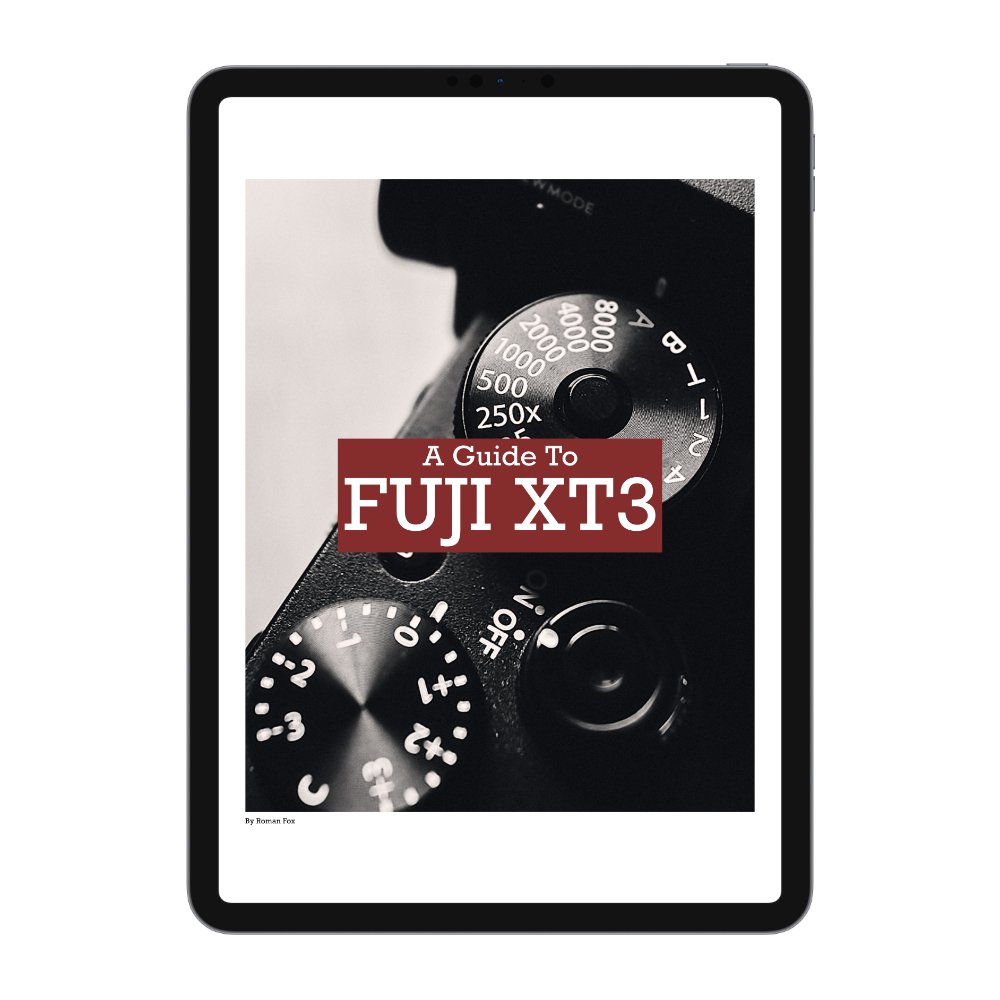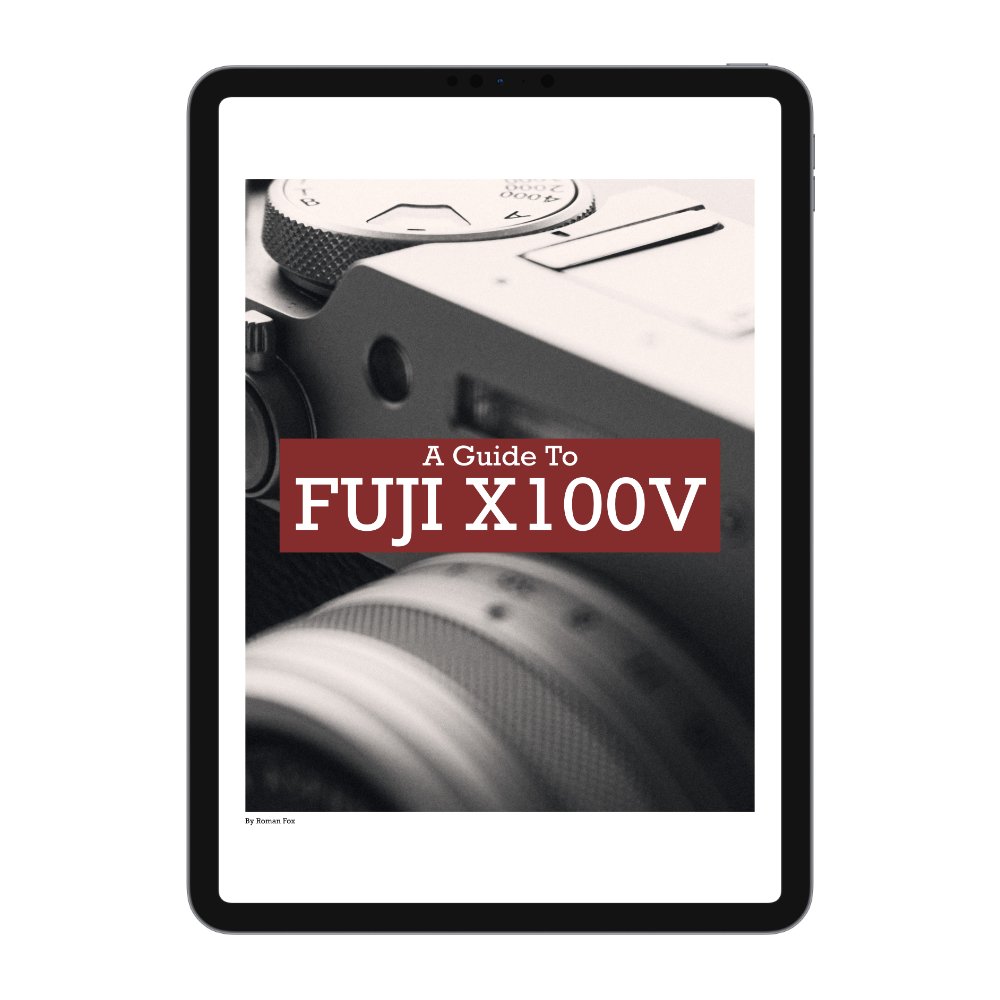Switching From APS-C To Full Frame - My Thoughts
Full-frame cameras are often seen as the holy grail of photography. There is a lot of hype surrounding larger sensors, with some photographers refusing to shoot with anything less. Others argue that sensor size is irrelevant, dismissing full-frame cameras as mere status symbols for tech enthusiasts obsessed with spec sheets.
When forming my own conclusions, I prefer to rely on real-world experience. So, five months ago, I switched my main photography kit from APS-C to full-frame to see what all the fuss was about. In this blog, I'll share my initial thoughts on the switch. Was it worth it? Are there any real benefits? What are the drawbacks? I'll answer these questions and more.
Gear Breakdown
This isn't about brands or camera models, but for context, here’s a comparison of my gear:
APS-C:
Fuji X-H2
Fuji X-T5
Fuji 18mm f/1.4
Fuji 33mm f/1.4
Fuji 56mm f/1.2
Fuji 8-16mm f/2.8
Fuji 16-55mm f/2.8
Fuji 50-140mm f/2.8
Full Frame:
Sony A7R V
Sony A7C II
Sigma 35mm f/2
Sigma 50mm f/2
Sigma 90mm f/2.8
Sony 16-25mm f/2.8
Sony 24-50mm f/2.8
Sony 70-200mm f/4
With my full-frame kit, I opted for more compact and “slower” lenses due to the improved low-light performance and depth of field advantages of a larger sensor. With Fuji, I prioritised the fastest glass available to mimic full-frame depth of field and low-light capabilities. When accounting for sensor size differences, both systems perform similarly in terms of light gathering and depth of field.
Size & Weight Differences
The A7R V and X-H2 are nearly identical in size, though the A7R V is slightly heavier. The A7C II is smaller and lighter than the X-T5. The Fuji lenses are similar in size and weight to the Sony lenses, but this is only because I chose slower lenses for my full-frame setup. If I had selected equivalent Sony f/1.4 primes and the f/2.8 70-200mm, the weight difference would be more pronounced. Some may argue this is an unfair comparison, but either way, the weight gap isn’t as extreme as it once was.
Total weight:
Fuji Kit: 4.87kg
Sony Kit (my kit): 3.9kg
Sony Kit (like-for-like lenses): 5.2kg
Cost Comparison
Pricing varies based on region, promotions, and currency fluctuations. For simplicity, I checked WEX, a popular UK retailer, at the time of writing. The Fuji kit is significantly cheaper.
Total Cost:
Fuji: £9692 / $12,531 / €11,600
Sony (my kit): £11,049 / $14,285 / €13,224
Sony (like-for-like): £16,312 / $21,147 / €19,487
For most people, the cost difference is hard to justify. However, if you explore brands like Panasonic and use third-party lenses, you can build a full-frame kit for same as an APS-C one.
Ecosystem & Features
The ecosystem is more about brand choice than sensor size. Sony offers the largest selection of cameras, lenses, and accessories, whereas Canon is more restrictive. Fujifilm’s ecosystem is growing, particularly with third-party lenses. One advantage of Sony is that APS-C and full-frame cameras share the same lens mount, allowing for an easier upgrade path and interchanging lenses.
When it comes to features, differences are brand-specific rather than sensor size-related. Sony has features that Fuji lacks and vice versa. That said, if you're considering photography or videography professionally, be mindful of industry trends. If most professionals in your niche use Sony or Canon, choosing a more niche brand like Fujifilm or Leica could be a challenge.
Performance
By performance, I mean autofocus, battery life, startup time, and general usability. Again, these are brand-dependent rather than sensor-size related. Between APS-C and full-frame, there’s no inherent advantage in performance. The Sony cameras are significantly better than Fuji in these areas, but Leica, for example, is on par or worse than Fuji in autofocus and startup time.
Image Quality - Daylight
This is where full-frame begins to show its advantages. Full-frame images are cleaner, sharper, and retain more detail in shadows and highlights. However, these differences are only noticeable in extreme conditions. In ideal lighting with well-exposed shots, most modern sensors—regardless of size—produce excellent images.
If you edit your photos with a softer, more filmic look, the gap between sensor sizes becomes even smaller. A 60MP full-frame sensor will likely look indistinguishable from a 24MP APS-C sensor when edited in a cinematic style and shared online. One undeniable difference, however, is depth of field: a 35mm f/2 lens will produce a shallower depth of field on full-frame than on APS-C. Below is a mix of full-frame and APS-C photos. If I didn’t tell you, would you be able to guess?
Full Frame
APSC
Full Frame
APSC
Full Frame
APSC
Full Frame
APSC
Image Quality - Low Light
This is where the biggest difference lies. A larger sensor gathers more light, which means better low-light performance. This allows you to use lower ISO settings, reducing noise, and maintain a faster shutter speed to avoid motion blur. You can also stop down the aperture if you don’t want an excessively shallow depth of field. If you frequently shoot in low-light conditions, a full-frame camera is worth considering. Below is a mix of full-frame and APS-C photos. If I didn’t tell you, would you be able to guess?
Full Frame
APSC
Full Frame
APSC
Full Frame
APSC
Final Thoughts
The decision between full-frame and APS-C is becoming more nuanced. Five to seven years ago, full-frame cameras were significantly larger, heavier, and more expensive. Today, the gap has narrowed considerably, and in many cases, the trade-offs are minimal.
In terms of image quality, unless you're working in extreme conditions, cropping heavily, or obsessed with maximum sharpness, the difference alone doesn’t justify upgrading to full-frame. My most noticeable improvements when switching from Fuji to Sony weren’t related to image quality at all—they were about usability, features, and performance.





















